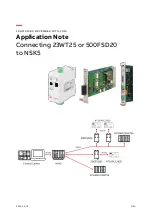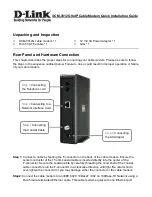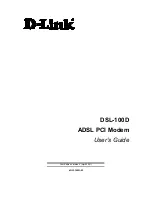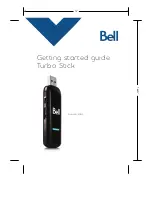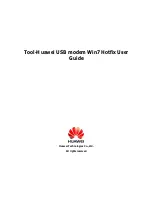
P300H
P300 Modem Installation and Operating Handbook
Page 183
APPENDIX D: REMOTE M&C
REMOTE M&C PROTOCOL
Summary
The P300 Modems support two separate remote M&C protocols, these are:
1.
Paradise / FDC protocol, compatible with all previous Paradise equipment.
2.
SA-bus protocol (as defined by Scientific Atlanta).
The protocols should co-exist without adverse effect on the same M&C bus (provided the unit addresses
are unique !). Both protocols assume one `Master device` and multiple `Slave devices`. The Master device
initiates all communications and Slave devices only ever send a message in response to a request from
the Master.
Character Format / Baud Rate
The character format & Baud Rates are as follows:
Paradise / FDC:
8 bits, no parity, 1 stop bit, selectable 300-19200 Baud,
SA-bus:
7 bits, even parity, 1 stop bit, specified only at 1200 & 9600 Baud.
The SA-bus protocol definition specifies that the characters in the `Body` of the message should, as far as
possible, be limited to the printable ASCII characters. Whilst this is not specified for the Paradise / FDC
protocol, Paradise Datacom have attempted to achieve this wherever possible. For this reason, only 6 bits
of each character of the `Body` are utilised (bits 0 to 5). Bit 6 is fixed at a one for both protocols, and for
the Paradise / FDC protocol (where the character has 8 bits, 0-7), bit 7 is fixed at a zero. Note that this
applies on to `Body` characters, there are no such constraints on the other characters in the message.
Electrical Interface
Both protocols require a 4 wire plus ground interconnection between equipments. Signals are at RS485
levels (effectively a tri-statable RS422) with Tx & Rx data being transmitted as a series of async characters
over a differential pair (labelled `A` and `B`). Lines referred to as Tx-A and Tx-B are outputs, and Rx-A and
Rx-B are inputs. The Paradise convention (as specified by RS422) is that the `B` lines represent true data
(ie the inactive state is `mark`, which is high), and the `A` lines inverse data (ie the inactive state is `space`,
which is low).
An async character then appears as:
RS 485 `B` Line
mark
space
mark
mark
(Paradise / FDC)
idle
start
bit 0
bit 1
bit 2
bit 3
bit 4
bit 5
bit 6
bit 7
stop
idle
(SA bus)
idle
start
bit 0
bit 1
bit 2
bit 3
bit 4
bit 5
bit 6
parity
stop
idle
RS 485 `A` Line
mark
space
mark
mark
The differential pair from Master to Slaves is typically driven all the time by the Master device (ie never
goes high impedance). The return pair (from Slaves to Master) is driven by a Slave device when sending
a message. All devices hold their output drivers at a high impedance unless actually transmitting a
message, to allow other Slave devices on the bus access to the `return pair`.
It is possible to operate a link to a single device using an RS232 interface instead of RS485. However as
RS232 cannot go high impedance, only one Slave device can be on the bus otherwise there is permanent
bus contention. Note that on RS232 systems, a `mark` (high) is defined as ` negative voltage and a space

































